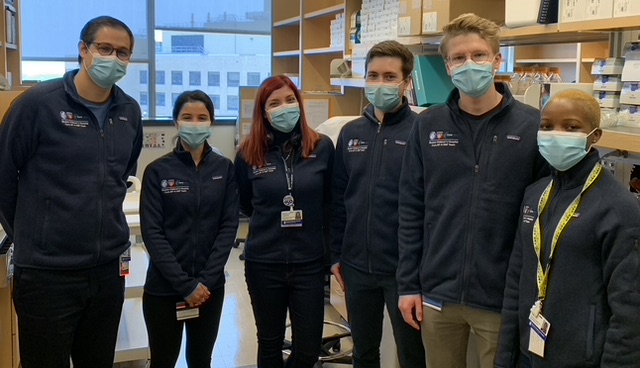Characterization of ap4b1-/- zebrafish as a novel in vivo model of SPG47 and its application in small molecule screens
Dr. Ebrahimi-Fakhari, The F.M. Kirby Neurobiology Center Department of Neurology, Boston Children’s Hospital
Characterization of ap4b1-/- zebrafish as a novel in vivo model of SPG47 and its application in small molecule screens
The discovery of treatments for hereditary spastic paraplegia has been limited by the slow disease progression in knockout mouse models, their unsuitability for large-scale in vivo screens, and their relatively high costs. Zebrafish is a small vertebrate model that offers key benefits to circumvent these issues. Building on preliminary data in a morpholino oligonucleotide-based model, we engineered ap4b1 knockout zebrafish lines using CRISPR/Cas9 technology to create the first zebrafish model of AP4B1-associated hereditary spastic paraplegia (SPG47). The central hypothesis of this proposal is that ap4b1-/- zebrafish exhibit morphological, biochemical and behavioral phenotypes relevant to AP-4 biology and SPG47 in humans and can be employed to test novel small molecule therapies. We anticipate that these phenotypes will (1) provide insight into AP-4-related cell biology in vivo; (2) establish a human-to-zebrafish paradigm for drug screens and translational research; (3) inform the in vivo modeling of other childhood-onset hereditary spastic paraplegias.
Charakterisierung eines ap4b1-/- Zebrafischmodells als neues Krankheitsmodell der Hereditären Spastischen Paraplegie Typ 47 und seine Anwendung in Hochdurchsatzuntersuchungen von Pharmaka
Die Entwicklung von Therapien zur Behandlung der hereditären spastischen Paraplegie ist durch das langsame Fortschreiten der Erkrankung in Mausmodell, deren hohe Kosten und Unvereinbarkeit mit Hochdurchsatzmethoden limitiert. Krankheitsmodelle im Zebrafisch sind geeignet diese Limitationen zu umgehen. Auf vorangegangen Arbeiten in einem Morpholino-Knockdown Model aufbauend, haben wir unter der Verwendung von CRISPR/Cas9 ein stabiles ap4b1 Knockoutmodell als Krankheitsmodell der Hereditären Spastischen Paraplegie Typ 47 generiert. Die Kernhypothese unseres Forschungsprojektes ist es, dass das ap4b1-/- Zebrafischmodell morphologische, biochemische und motorische Eigenschaften aufweist, die relevant für die Biologie von AP-4 und der spastischen Paraplegie im Menschen sind. Wir planen diese Eigenschaften zu nutzen um eine Hochdurchsatzuntersuchung von Pharmaka durchzuführen. Wir nehmen an, dass dies zu (1) einem besseren Verständnis von AP-4 in vivo führen wird, und (2) dass sich ein Paradigma zur Übersetzung humaner Erkrankungen in Zebrafischmodelle zum Zwecke von Hochdurchsatzuntersuchungen von Pharmaka etablieren lässt. Wir hoffen hiermit auch eine Plattform zur in vivo Untersuchung anderer kindlicher Formen der spastischen Paraplegie zu etablieren.



